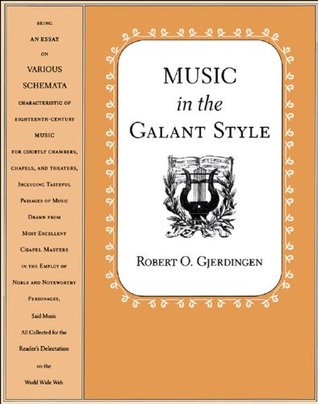Many composers played up this perceived break with the past, and a by-product of their musical modernism was the retrospective formation of a preceding “common-practice period.” In particular, eighteenth- and nineteenth-century musics became lumped together as a pre-Modern style that came in three standard flavors—Romantic, Classical, and Baroque. The appeal and convenience of this construction, with its master narrative of musical growth and progress aided by the invisible hand of tonality and developments in the “science” of harmony, no doubt led to its wide acceptance. Yet as a prime
...more
Welcome back. Just a moment while we sign you in to your Goodreads account.


